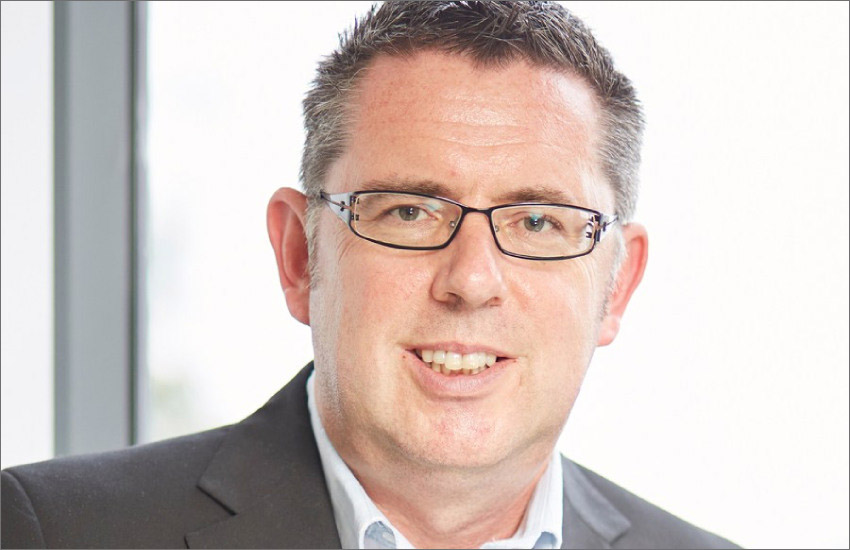With six weeks to go to the end of the financial year, H&R Block director of tax communications Mark Chapman believes practitioners should begin communicating with their clients about their tax-time obligations this year, particularly around the impact of COVID-19 on their tax affairs.
“I think practitioners will need to adjust their mindset to accept that clients on the income side and the deduction side, their affairs are going to look a little bit different this year,” Mr Chapman told Accountants Daily.
You’re out of free articles for this month
“It is probably worthwhile for tax agents to be having that conversation with their clients before we get to the end of the financial year because, if there’s a requirement for clients to produce records, clearly once we get past 30 June, it is really too late to do that.”
With COVID-19 forcing many to work from home, Mr Chapman believes the area of work-related deductions will see significant changes this year and will likely continue to attract ATO scrutiny given its high-risk factor in the ATO’s $8.7 billion tax gap report.
In particular, Mr Chapman believes the ATO’s new flat rate of 80 cents per hour will need to be carefully explained to clients before they look to lodge their returns.
“A lot of the deductions that people commonly claim are likely to go down; work-related travel has been pretty much off the agenda since the beginning of March, so if you take out that four-month period, you’re likely to see those claims go down quite substantially,” Mr Chapman said.
“But counterbalancing that is that working-from-home claims are likely to go up.
“The ATO introduced the flat rate in an attempt to simplify things for taxpayers, but the problem is, there are now three different methods of calculating working-from-home expenses, so in a sense it is not really simplifying things, it is just adding more issues into the mix.
“When tax agents sit down with their clients, there needs to be real thought as to which is going to produce the best outcome for the client and that might be either of the flat rate allowances — it might not be the 80 cents rate or the 52 cents rate; very often, the best outcome for the client is to work out the actual costs they have incurred.
“The problem with that is there is a lot of record keeping required in order for people to claim actual costs, so it’s worthwhile having a conversation with clients now.”
Property hotspot
With property deduction claims a “top priority” for the ATO, Mr Chapman also believes agents will need to be extra careful in a COVID-19 environment this tax time.
“We’re likely to see bigger rental property losses for many clients, and that is something the ATO will be looking at very carefully,” he said.
“They always look closely at investment properties, and I think this year with bigger loss claims, they are likely to be focusing particularly there just to establish that the landlords had genuinely reduced the rent or given the tenants a rent holiday, that the landlords have not actually moved into the property as their quarantine bolthole, which has happened on some instances, and the ATO would not expect to be seeing any deductions in relation to those properties if that’s happened.
“All of those COVID-19 impacts on rental properties are likely to be tested by the ATO this year, and agents will need to ask the important questions to establish the facts before claiming deductions.”
Jotham Lian
AUTHOR
Jotham Lian is the editor of Accountants Daily, the leading source of breaking news, analysis and insight for Australian accounting professionals.
Before joining the team in 2017, Jotham wrote for a range of national mastheads including the Sydney Morning Herald, and Channel NewsAsia.
You can email Jotham at: This email address is being protected from spambots. You need JavaScript enabled to view it.



